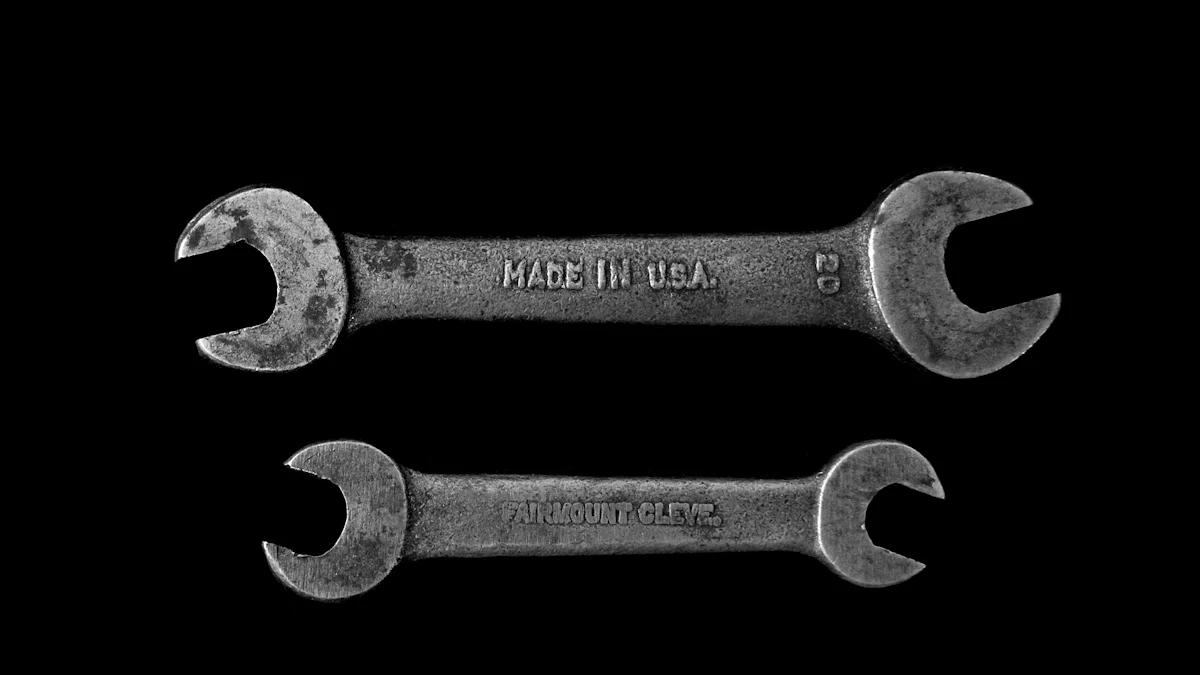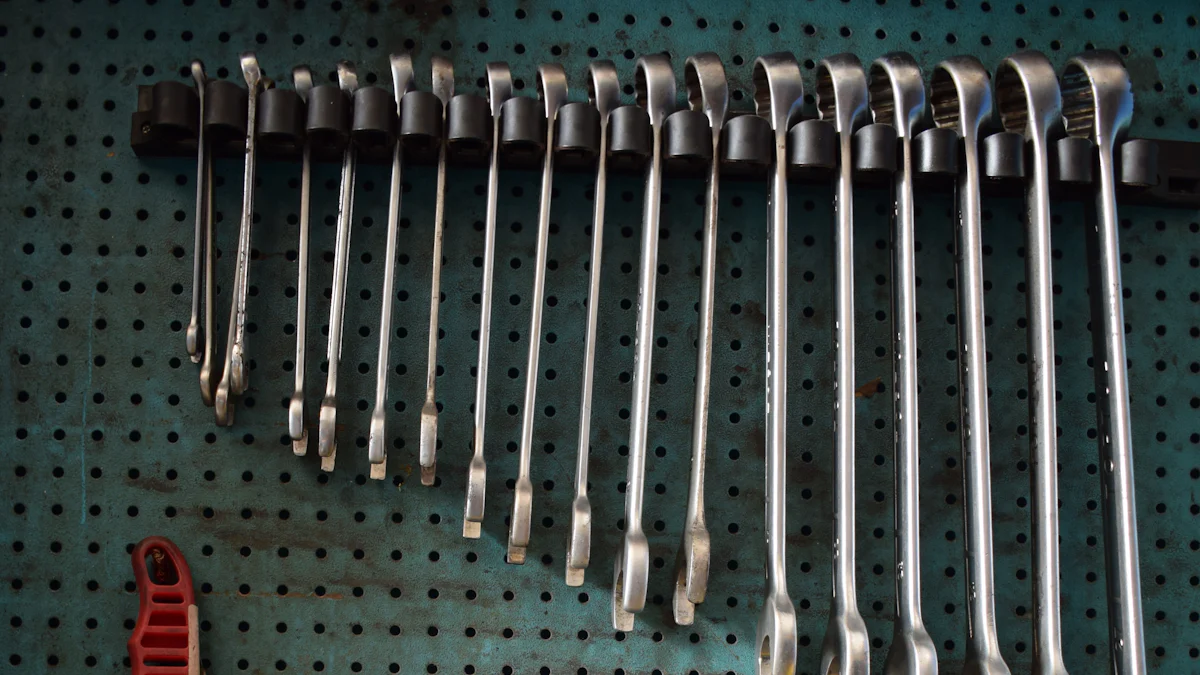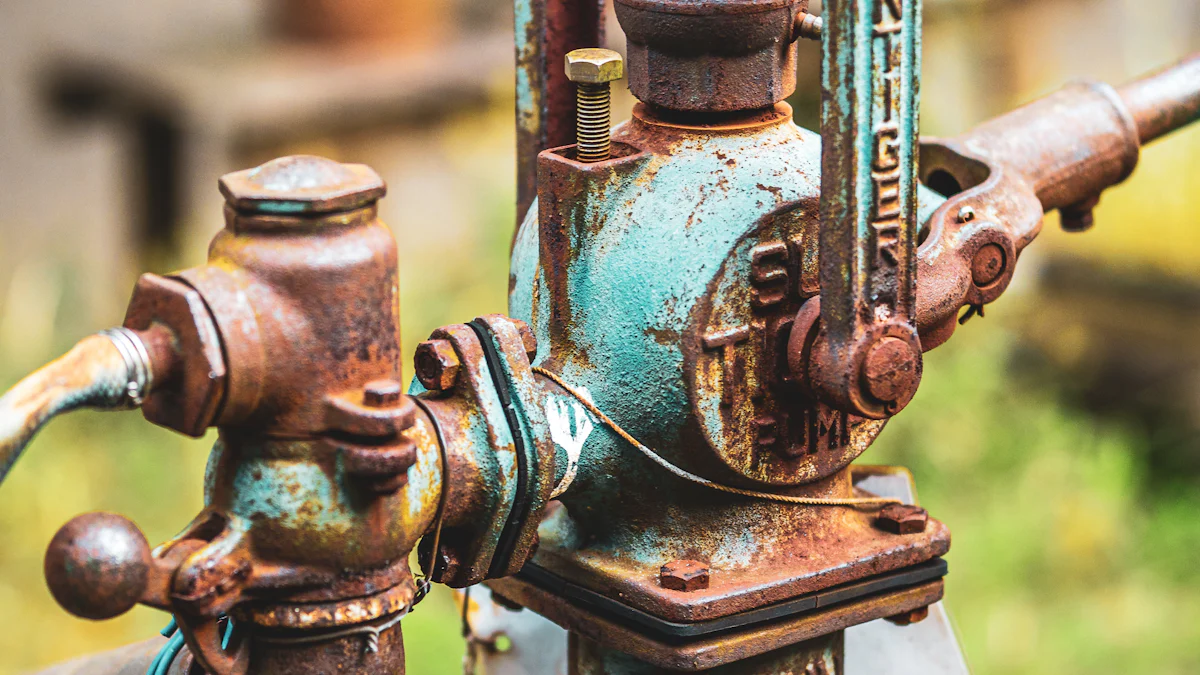
Hydrant wrenches play a vital role in firefighting and maintenance. These tools ensure quick access to water during emergencies. Firefighters rely on hydrant wrenches to open and close hydrants efficiently. The design of these wrenches caters to various needs, making them indispensable for emergency services. Durable materials like galvanized iron and alloy steel enhance their reliability. A variety of hydrant wrench types exist to meet different requirements. Each type offers unique features and benefits. Understanding these differences helps in choosing the right tool for the job.
Categories of Hydrant Wrenches

Exploring the world of hydrant wrenches reveals two main categories. Each category serves specific purposes and offers unique features. Let’s dive into these categories to understand their roles better.
Adjustable Hydrant Wrenches
Adjustable hydrant wrenches bring flexibility to the table. These wrenches adapt to various hydrant nut shapes and sizes. Adjustable wrenches, like the Bon Tool 84-637, offer versatility for different hydrant nuts and fittings. The design allows you to tackle multiple hydrant configurations without needing multiple tools. This adaptability makes them a favorite among professionals who encounter diverse hydrant types.
Features and Benefits
Adjustable hydrant wrenches feature a movable jaw. This jaw adjusts to fit different sizes of hydrant nuts. The Kuriyama SWLA Adjustable Hydrant Wrench stands out for its versatility. Solid construction ensures durability in demanding situations. Zinc-chromate plating on some models provides corrosion resistance. This feature extends the life of the tool, making it a reliable choice for frequent use.
Common Applications
Firefighters and maintenance crews often use adjustable hydrant wrenches. The ability to adjust makes these wrenches ideal for emergency situations. You can quickly adapt to different hydrant sizes, saving time during critical operations. Professionals appreciate the convenience of carrying one tool that fits many hydrants.
Non-Adjustable Hydrant Wrenches
Non-adjustable hydrant wrenches offer simplicity and strength. These wrenches come in specific sizes to match particular hydrant nuts. Non-adjustable Fire Hydrant Wrench models fit snugly onto hydrant nuts without the need for adjustments. This precise fit provides excellent torque and grip, essential for effective operation.
Features and Benefits
Non-adjustable hydrant wrenches boast a one-piece design. This design enhances strength and reduces the risk of mechanical failure. Materials like ductile iron ensure durability. The fixed size means you get a perfect fit every time. This reliability is crucial when dealing with stubborn or corroded hydrant nuts.
Common Applications
These wrenches find their place in routine maintenance tasks. Crews working with standard hydrant sizes prefer non-adjustable wrenches. The consistent fit simplifies operations, making them efficient tools for regular use. Non-adjustable hydrant wrenches excel in environments where hydrant specifications remain constant.
Understanding these categories helps you choose the right hydrant wrench for your needs. Whether you need versatility or strength, each type offers distinct advantages. Selecting the appropriate tool ensures efficiency and reliability in your work.
Specific Designs of Hydrant Wrenches

Ratcheting Hydrant Wrenches
Design Features
Ratcheting hydrant wrenches bring innovation to the table. The design includes a ratchet mechanism that allows continuous rotation without removing the wrench from the nut. This feature saves time and effort during operations. The handle often has an ergonomic grip for comfort. High-quality materials like alloy steel enhance durability. The compact size makes it easy to carry in emergency situations.
Specific Uses
Firefighters love ratcheting hydrant wrenches for their efficiency. The design works well in tight spaces where traditional wrenches struggle. Quick adjustments make them perfect for high-pressure scenarios. Maintenance crews use them for routine checks and repairs. The ratcheting action provides a smooth operation, reducing fatigue during prolonged use.
Spanner Hydrant Wrenches
Design Features
Spanner hydrant wrenches stand out with their unique hook design. The hook grips onto the hydrant cap securely. The wrench often features a long handle for leverage. Lightweight materials like aluminum make them easy to handle. Some models include a non-slip coating for better grip. The simple design ensures reliability in tough conditions.
Specific Uses
Spanner wrenches excel in opening and closing hydrant caps. Firefighters appreciate their straightforward operation. The design suits environments with standard hydrant fittings. Maintenance teams rely on them for quick access to hydrants. The lightweight nature makes them ideal for rapid response situations.
Storz® Style Hydrant Wrenches
Design Features
Storz® style hydrant wrenches cater to specific hydrant fittings. The design includes a specialized head for Storz® connections. Zinc-chromate plating offers corrosion resistance. The sturdy construction ensures long-lasting performance. A comfortable grip enhances user experience. The wrench often features a compact design for easy storage.
Specific Uses
Storz® style wrenches are essential for areas with Storz® hydrant systems. Firefighters use them for efficient water access during emergencies. The design fits perfectly with 4″ and 5″ Storz® fittings. Maintenance crews find them indispensable for system checks. The corrosion-resistant finish makes them suitable for harsh environments.
Understanding these specific designs helps you choose the right tool for your needs. Each design offers unique advantages for different scenarios. Selecting the appropriate wrench ensures efficiency and reliability in your work.
Materials and Construction
Common Materials Used
Fire hydrant wrenches need to be tough. You want a tool that won’t let you down in a pinch. Manufacturers use materials like galvanized iron and alloy steel for this reason. These materials stand up to the harshest conditions. They resist rust and wear, so your wrench lasts longer. Plated iron also makes an appearance in some designs. This adds an extra layer of protection against corrosion.
Durability and Strength
Durability matters when you’re dealing with hydrants. A strong wrench can handle the pressure. Galvanized iron offers excellent durability. Alloy steel provides strength without adding too much weight. You get a tool that won’t bend or break easily. This means fewer replacements and more reliability. You can count on these materials to perform well under stress.
Weight Considerations
Weight plays a big role in how easy a wrench is to use. You don’t want something too heavy. Alloy steel strikes a good balance between strength and weight. Plated iron adds durability without making the tool cumbersome. Lightweight materials make it easier to carry the wrench around. This is especially important for firefighters who need to move quickly.
Design Considerations
Design affects how well a wrench works. A good design makes your job easier. Hydrant wrenches come with features that enhance usability. Ergonomics and ease of use are key factors in design.
Ergonomics
An ergonomic design reduces strain on your hands. You want a wrench that feels comfortable to hold. Many wrenches feature handles that fit well in your grip. This helps you apply force without discomfort. An ergonomic design can make a big difference in how long you can work without fatigue.
Ease of Use
Ease of use is crucial in emergency situations. You need a tool that’s simple to operate. Many hydrant wrenches have straightforward mechanisms. This simplicity allows for quick action when time is of the essence. Features like adjustable jaws or ratcheting mechanisms add to the ease of use. These elements make the wrench more versatile and user-friendly.
Understanding different hydrant wrench types helps you choose the right tool for your tasks. Each type offers unique features and benefits. Consider specific needs and frequency of use when selecting a wrench. For occasional use, budget-friendly options work well. High-end models suit regular or heavy-duty applications. Evaluate the materials and design features to ensure durability and ease of use. A well-chosen hydrant wrench enhances efficiency and reliability in emergency situations.
